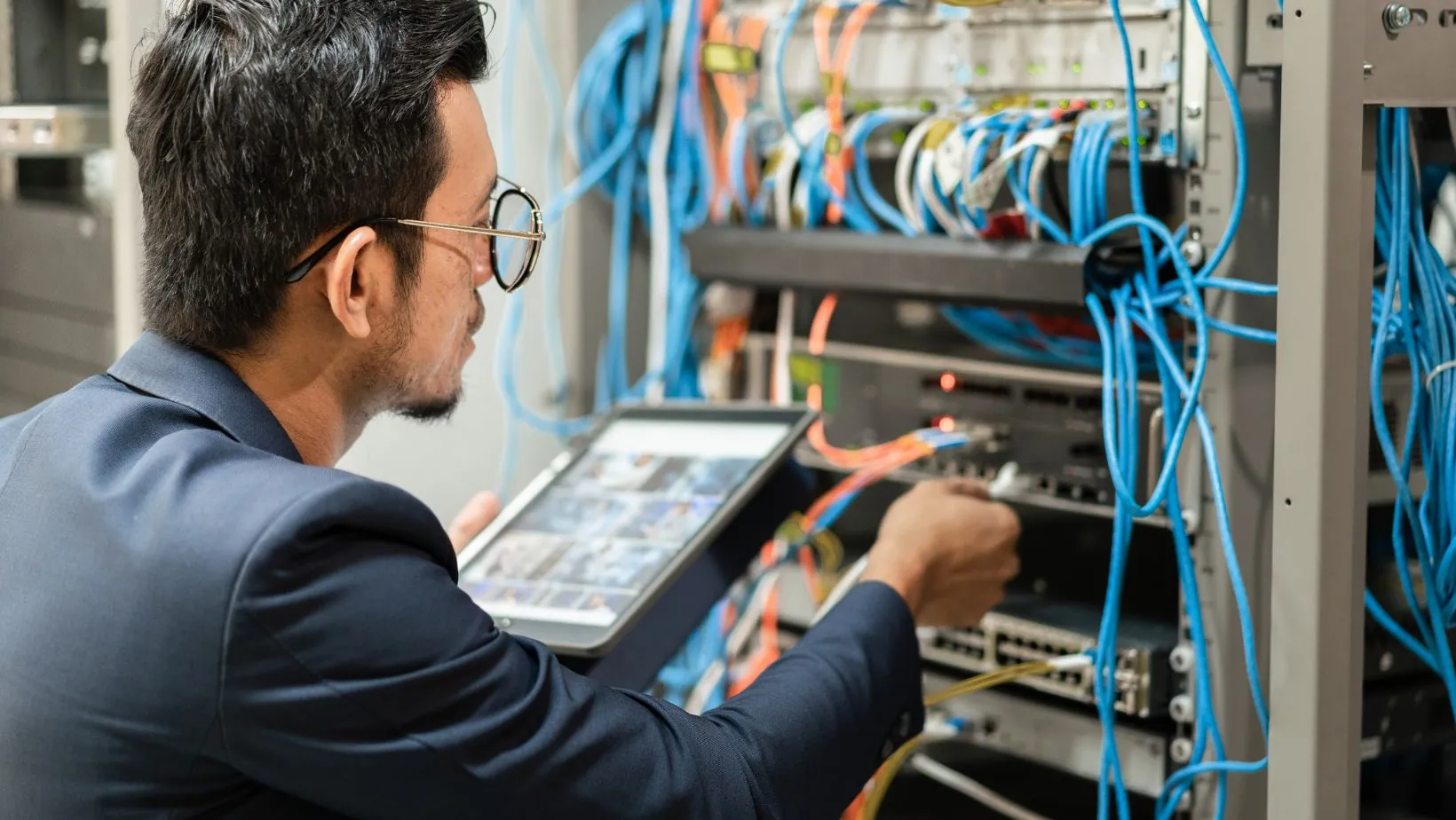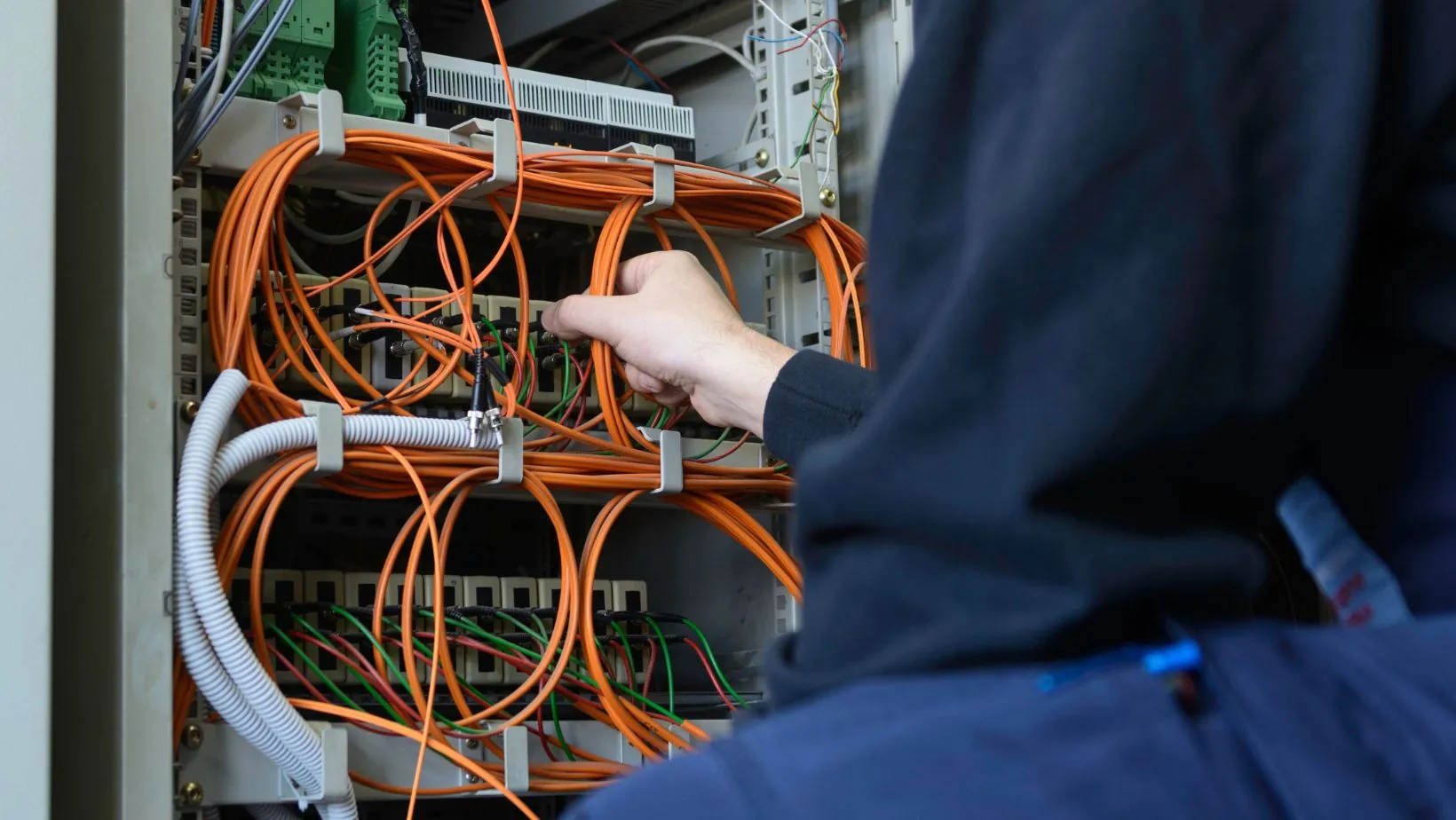Have you ever thought about how to avoid a myriad of complications when running a campus network?
Proper maintenance of your campus switches is critical to achieving dependable and effective connectivity across your entire network. These switches form the central part of your infrastructure as they are the hub of communication to many devices that need interconnection to a robust, stable, and rapid communication network.
However, like any other essential devices, these switches need regular attention if slow performance, outages, and security risks are to be averted. Whether managing a small educational institution or a large university network, a few optimum practices can enhance the life of your switches and their performance.
Are you looking for information to ensure that the network remains as reliable as it should be?
Continue reading this article and learn about five tips on how to keep your campus switches perfectly functioning.
1. Regular Firmware and Software Updates
Up-to-date firmware and software maintenance on campus switches is critical for network security and performance. Keeping firmware up to date ensures the network is not unprotected and susceptible to attacks.
Additionally, these updates systemically improve the overall stability of the system. Alongside stability enhancements, firmware updates also optimize functions so that switches operate efficiently.
It is also imperative to ensure that outdated firmware does not create compatibility problems that result in network outages. Thus, regularly checking for new updates, whether manually or automatically, should become a habit.
Before applying updates, looking at the release notes is equally necessary as they reveal new features, possible network risks, and any pertinent modifications. This general upkeep will be an asset to network administrators in the future by greatly reducing the likelihood of unexpected interruptions.
2. Monitor Network Traffic and Performance
Monitoring the performance of your campus switches and traffic volume is crucial for addressing potential issues before they arise. Network monitoring systems help provide insight into the health of a network and associated statistics like bandwidth use, traffic volume, and ports.
This early identification of performance issues helps you take corrective measures before the degradation affects users or service availability. Additionally, active monitoring helps identify unusual network traffic or unauthorized login attempts, which is vital from a security standpoint.
Setting up an alert to notify you immediately when performance thresholds are exceeded can be very helpful. This alert system can allow for proper response before further damage is done.
Frequent monitoring keeps the network operating efficiently and dependably all over the campus by fine-tuning network parameters as needed. Overall, keeping up with things like this saves time and money while improving effectiveness, which every organization appreciates.
3. Check and Clean Ports and Cables Regularly
Cleaning the ports and cables is vital to ensuring that a campus switch is clean and well-maintained. If ports are not maintained over time, dirt, dust, and other debris can build up, causing the device to fail or connectivity issues altogether.
It is important to examine the physical conditions of each port routinely and determine if the cables plugged in are properly arranged, intact, and in order. Poorly maintained cables and loose connections commonly cause network outages.
Thus, these and other trivial matters shouldn’t be ignored. Furthermore, managing cables haphazardly increases the chances of accidental disconnections and tangles that can lead to unproductive downtime.
Organizing cables around your switches improves visuals and minimizes the chance of physical harm being dealt to the devices and cables. Network operation and disruptions are much smoother and easier when cleanliness and organization are considered.
4. Enable Security Features
Achieving optimal security on your campus switches is essential to your network upkeep. With the right security measures in place, ensuring that your switches are secured with the latest security protocols is critical.
As a network manager, your first focus should be port security so that personal devices do not connect to your network without authorization. This is particularly essential in shared scenarios, such as campuses, where connectivity devices are abundant and easily misused.
In addition, employing access control lists (ACLs) coupled with using authentication protocols like 802.1X is suggested to restrict access to sensitive information. Removing open ports that are not in use also enhances security by limiting the number of ways attackers can use poor connections.
Critical resources can be further safeguarded by VLANs, which segment the network and filter general traffic. Restricting access to your switches is a form of data loss prevention while increasing uptime.
With these methods in place, your network can become both robust and redundant.
5. Backup Configuration Regularly
Not having a backup of your campus switches can cost you in the long run, so preparing a backup is always a smart approach. Along with VLANs, many configurations, such as routing and security, can be rather complicated, making it essential to have a switch configuration to keep your network functioning properly.
In the event of a hardware breakdown or a bad setup, having a backup ensures a faster recovery with less downtime. Automating backup tasks wherever possible is a good way to ensure that the latest accurate configuration file is always available.
These backups must, however, be kept at a different location where they cannot be easily lost to keep them safe in the event of a catastrophe. Taking such precautions will go a long way in allowing you to recover quickly without needing to reconfigure everything.
Having peace of mind knowing that your network can recover in a minimal amount of time from a setback is invaluable.
Bottomline
Implement the following five tips to help with your campus switches’ efficient and smooth functionality and security.
Updating the system on a regular basis, actively monitoring performance, maintaining cables, fortifying security, and backing up data routinely will make the network standby durable and optimize operational time.
By following a proactive network approach, it continues to perform its condition of being dependable for effective communication on campus by everyone.





